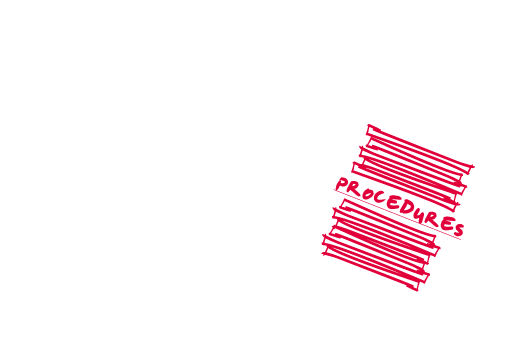Is safety killing you?

“Safety excellence is about clear controls and the right values and behaviours in the field. It is not about the size of the procedures in the offices.”
As I write this blog post I’m slightly nervous that people may think safety isn’t my number one priority. This really couldn’t be further from the truth – I’ve worked on some of the most hazardous plants in industry and understand this is not an environment to take safety lightly. Keeping people safe at work is more than just the law, it is the ethical way to do business.
However, I do worry about the way health and safety policies are being applied in many organisations. There are too many occasions when liability is scaring people and policies are not being applied efficiently. It seems almost mandatory for a manager to demonstrate their commitment to safety by stopping a project on the grounds of HSE.
The famous statement: “nothing is so important that we do not have the time to do it safely” has also been badly misunderstood. The original message was that you cannot afford to skip key steps in a task such as the risk assessment or start without properly preparing the workface. Unfortunately, this seems to have morphed into a message that you must work slowly to stay safe. In many instances, this couldn’t be further from the truth. Whilst the intent to work safely is there, you tend to find that this leads to inefficiency rather than any improvement to safety.
All too often we see layers of rules that people have to work through, which makes procedures become cumbersome and results in the key message about risk getting lost. This can lead workers to become frustrated or bored, lose faith in procedures or take short cuts … any of which can lead to people getting hurt! It is all too easy to give the impression that efficiency programs have a bad influence on safety and are therefore wrong and this is not a position that any business can prosper in.
So the fundamental question is: Can you have high productivity and efficient work practices and be safe as well? The answer is yes! However, to achieve this you may need to change the way you manage and communicate your approach to safety.
Here’s some basic advice
When briefing your staff on health and safety you cannot afford to say it is your only priority although it is right to explain that it is your number one priority. After all, you do not want to put people under any undue pressure. However, you should not be ashamed to remind people of other priorities and that you expect them to be efficient.
An old colleague of mine once said that getting safety right is all about making sure people understand the risks and care enough to do something about this. Not a bad message. Whilst you can use procedures and ways of working to support this you cannot use them to replace it. In reality, you have to be brave to manage safety effectively and must be clear on what the risks are. Solve them efficiently rather than solving them with cumbersome procedures that people do not think are logical. Ensure controls and procedures are in place to make risks clear and that workers use common sense.